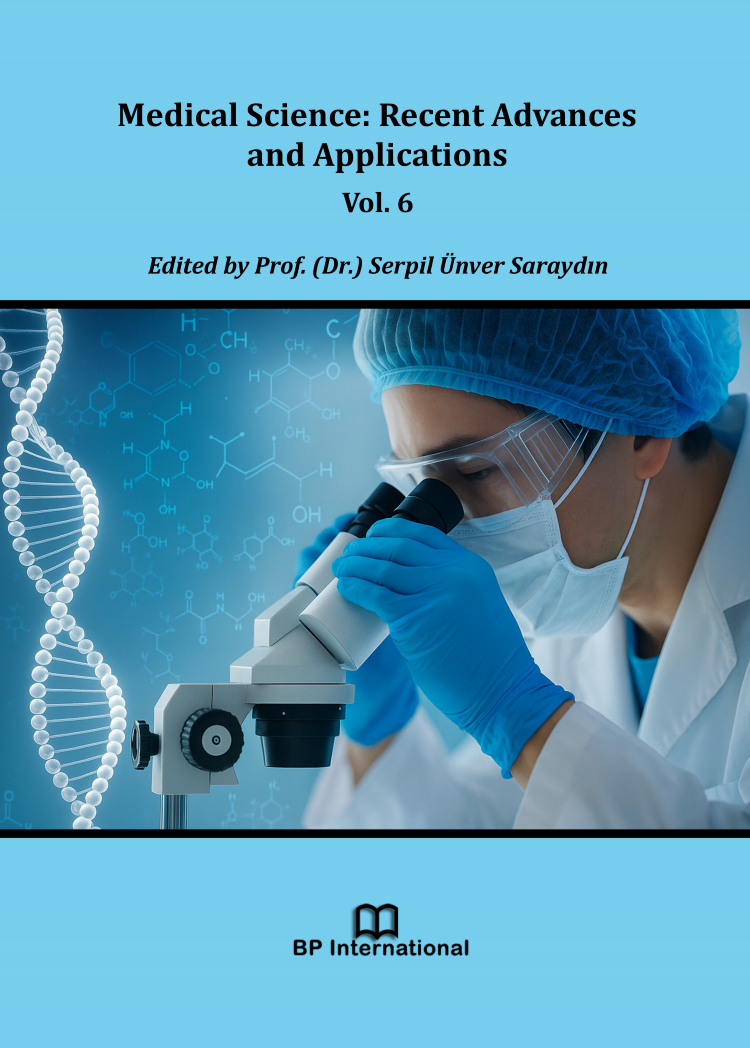Dry Mouth: Understanding the Causes and Effective Treatment Options
Medical Science: Recent Advances and Applications Vol. 6,
13 June 2025
,
Page 82-90
https://doi.org/10.9734/bpi/msraa/v6/5609
Abstract
Saliva is the fluid that is always present in the human’s oral cavity. It is composed of water, mucus, mineral salts, proteins, and amylase. It assists in the lubrication of the oral cavity, mastication, swallowing, and protection of the mouth and teeth. The salivary glands make, modify, and secrete saliva. These glands may be affected by wide spectrums of pathology, ranging from developmental anomalies and inflammatory disorders which may be acute or chronic and lead to hyposalivation and xerostomia. Dry mouth affects geriatric patients but can also be seen in young people. The aim of this review is to investigate the underlying causes of dry mouth (xerostomia) and evaluate effective treatment options to improve patient outcomes. A search of English-language scientific literature from 1989 to 2025 was conducted using Google Scholar, PubMed, and Scopus. The criteria focused on reports about xerostomia, its diagnosis, effects, and treatment, with inaccessible or duplicate reports excluded. Hyposalivation can be caused by age-related changes, systemic diseases, radiotherapy, certain medications, infections, lifestyle habits, and autoimmune diseases. Each of these factors can affect saliva production and composition, leading to dry mouth symptoms. Dry mouth can be managed through endogenous approaches, like pharmaceutical or genetic modifications, and exogenous approaches, like topical saliva substitutes. Artificial saliva substitutes typically contain water, electrolytes, and other ingredients to lubricate and protect the mouth.
- Oral cavity
- dry mouth
- saliva
